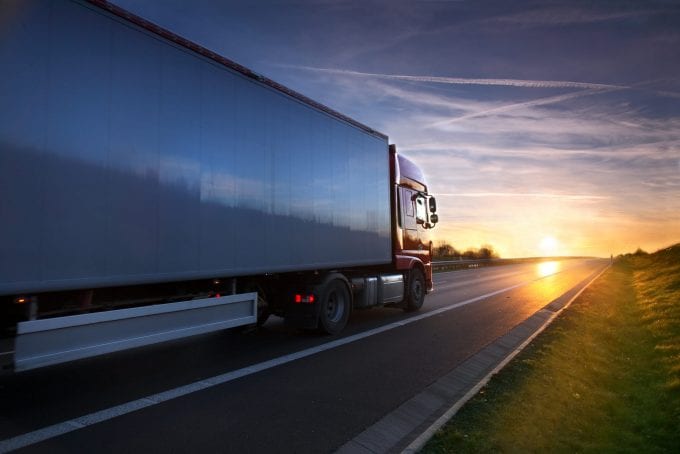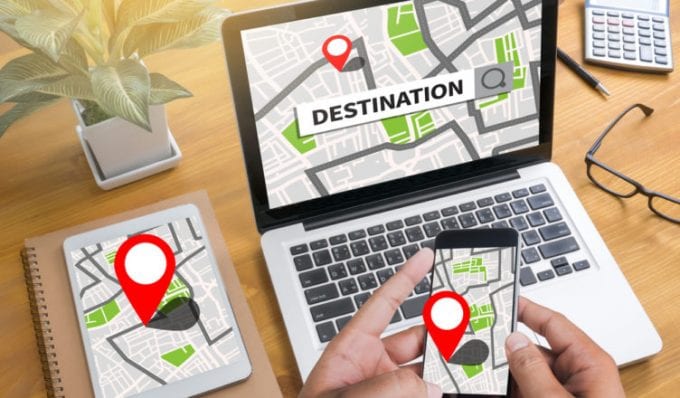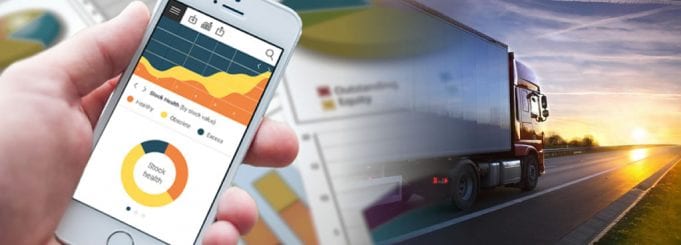There’s no doubt that the trucking shipment industry has changed in some pretty fundamental ways in the past few years. Several technologies have hastened the process. RFID tags make it easier to track a package through every point in the pipeline, while cloud technology has linked together with the entire logistics operation. But the real future for logistics is in logistics app development.
Mobile is especially useful for shipping companies because so much time is spent on the road. Here’s what you need to know regarding how to choose your mobile app technology stack.
Understanding the Market

Understanding the available options means understanding how to define a technology stack. Technology stacks are the languages and frameworks that serve as the core functionality of an app. In any business, an app is only as good as the stack it`s based on, and versatility is essential.
If you’re a developer trying to choose the right transportation app development company, you want to make sure that you pick a mobile app technology stack that meets both your current and your future needs.
The right tech stack for today is one that can build towards future needs, and that’s why it’s essential to invest in languages that are versatile and likely to have continued usage well into the future.
Finding the Right Features
The right logistics app development agency is one that understands what its customers need. Fortunately, there are several companies like yalantis.com today, and the blueprint they’ve set can be a good barometer for what your company needs. Here are some of the most consistent and vital features of today.
Trackers For Vehicles and Drivers

One of the biggest hindrances to efficiency in the logistics industry has been the lag time between a driver leaving the warehouse and arriving at the destination. CB radios once served as a way to maintain communications, but they weren’t necessarily an ideal choice.
Fortunately, things have changed, and GPS tracking is the bare minimum feature for a logistics app. Vehicle tracking can help alert customers about when their shipment will arrive and more accurately reroute shipments according to the situation in the field. Still, this sort of technology has further effectiveness when you take into account the ability to truck drivers as well.
With driver tracking, you can see where your staff is even and plan your shipments based on their arrival. It’s a huge boon to dispatch personnel who have to do a lot of guesswork when it comes to assigning loads.
These sorts of tracking services can benefit drivers, as well. Any excellent logistics app includes its proprietary map service that lets them find the most effective routes. When this system is synced up with dispatchers, they get access to a navigator who can help them avoid unnecessary pileups and traffic.
Incorporated Communications
A GPS helps your managers get a fuller scope of where your drivers are and when they’ll reach their destination, but it doesn’t put them in direct communication. A messaging system is relatively easy to integrate into an app for an experienced developer, and it can make a world of difference in streamlining logistics operations.
This sort of messaging system can connect drivers with both customers and dispatch operators and eliminate the need for playing a frustrating game of telephone. Ideally, any kind of chat option should include the option for multimedia messaging so that drivers can send pictures or details of their deliveries as necessary.
While some features may vary in terms of importance, this sort of chat functionality is a bare essential for any logistics organization, and the more sophisticated it is, the better.
Pre-Planned Routing

Here’s where we move beyond the essentials and into the sort of features that separate a cutting-edge logistics app from something quickly cobbled together.
Pre-planned routing options aren’t that difficult to design, and they can be incorporated directly into your mapping system. That said, they can make a world of difference for your drivers. Given the size of the trucks they’re driving and the complexity of their shipments, changing a trip mid-route can be a hassle and a danger.
Pre-planned routing helps your dispatchers know that their deliveries arrive on time, and it allows drivers to be confident that their path is set without having to worry about unnecessary detours.
Of course, traffic can be unpredictable, and the effectiveness of this pre-planning will vary according to the complexity of the software being used. Incorporating machine learning or APIs from existing third-party services like Google Maps can provide more accurate results, particularly on routes that could take hours or even days to complete.
Logging Driver Routes
The driver’s log has been the bane of existence to logistics administrators since the birth of the industry, but it continues to be a necessity.
An accurate registration provides an extra sense of security to drivers since it allows them to ensure that they get paid a fair amount for their work and adequately reimbursed for all of their mileage.
Still, it’s just as crucial on the managerial end. Accurate logs help managers assess the performance of drivers, shore up potential inefficiencies in their company, and get a bigger picture perspective on their operations.
Modern apps can automate the process and reduce the need for paper record-keeping and transferring physically recorded information into digital databases. Also known as fleet management solutions, these features are ideally cloud-based and tied into the GPS mapping system of the app.
The results are an automated process that increases accuracy. Firm logging services track the working hours, mileage, and pickups and deliveries of a driver every week so that they get paid what they’ve earned every week.
They also take a comprehensive view by seeing the total trips and deliveries made so that managers and owners can get a big-picture perspective on a driver’s proficiency. Ideally, these apps link all of the logs up to a central dashboard to provide a bird’s eye view of the company’s operations.
Providing Compatibility in Multiple Languages

In more practical terms, the logistics industry is a multi-cultural one. Truck driving has long been a way for new immigrants to establish themselves in the country and get the collateral they need to build a legacy.
Logistics companies can further increase effectiveness by making sure their apps are equipped to accommodate the needs of their drivers. No doubt, making sure the app interface includes multiple languages costs a little more in terms of financial and labor overhead. Still, the process comes at a flat rate, and it can pay dividends throughout a trucking company’s existence.
An inclusive approach that makes sure all drivers have the data they need to succeed can help shipping businesses stay at the front of the pack.









